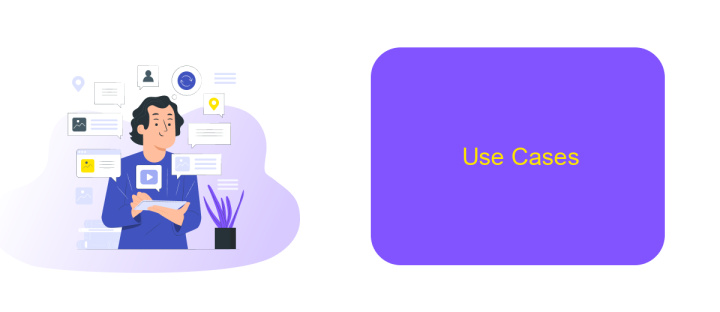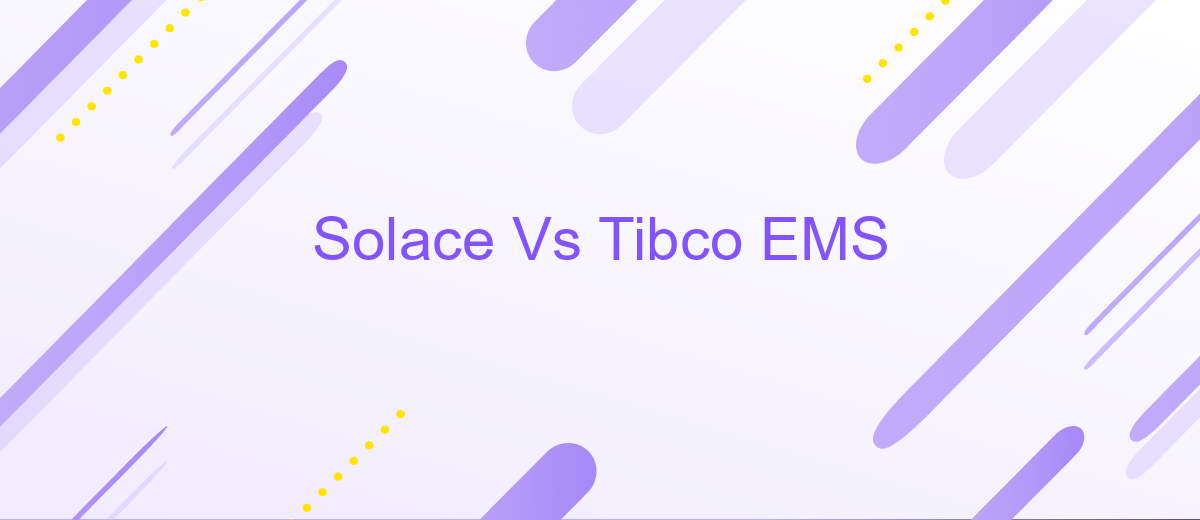Solace Vs Tibco EMS
When it comes to enterprise messaging solutions, Solace and TIBCO EMS are two prominent contenders. Both platforms offer robust features for real-time data distribution and integration, but they cater to different needs and use cases. This article delves into a comparative analysis of Solace and TIBCO EMS, highlighting their strengths, weaknesses, and ideal deployment scenarios.
Introduction
In the ever-evolving landscape of enterprise messaging systems, choosing the right platform is crucial for ensuring seamless communication and data integration. Two prominent players in this domain are Solace and Tibco EMS, each offering unique features and capabilities to meet diverse business needs. Understanding their differences and strengths can help organizations make informed decisions.
- Solace: Known for its high-performance event streaming and message brokering capabilities, Solace excels in real-time data distribution and efficient message routing.
- Tibco EMS: A robust enterprise messaging solution, Tibco EMS provides reliable message delivery, scalability, and comprehensive support for various messaging protocols.
For businesses looking to streamline their integration processes, leveraging tools like ApiX-Drive can be immensely beneficial. ApiX-Drive simplifies the integration of various services and applications, ensuring smooth data flow and reducing the complexity of managing multiple systems. By comparing Solace and Tibco EMS, and considering integration tools like ApiX-Drive, organizations can optimize their messaging infrastructure to meet their specific requirements.
Comparison of Features

Solace and Tibco EMS are both robust messaging solutions, yet they differ in several key aspects. Solace offers a unified platform that supports multiple messaging patterns including publish/subscribe, message queueing, and request/reply, providing greater flexibility. Tibco EMS, on the other hand, is primarily focused on enterprise messaging with strong support for JMS (Java Message Service), making it a staple in Java-centric environments. Solace's advanced event mesh capabilities enable seamless data movement across distributed environments, while Tibco EMS excels in transactional messaging, ensuring reliable message delivery and integrity.
When it comes to integration, both platforms offer comprehensive support for various protocols and APIs. Solace provides extensive REST, MQTT, and WebSocket support, facilitating modern web and IoT integrations. Tibco EMS integrates well with other Tibco products and enterprise applications through its robust JMS support. For businesses looking to streamline their integration processes, services like ApiX-Drive can be invaluable. ApiX-Drive simplifies the setup and management of integrations, allowing organizations to connect Solace or Tibco EMS with a wide range of applications and services efficiently.
Comparison of Benefits

When comparing Solace and Tibco EMS, it's essential to consider the unique benefits each platform offers to businesses. Both platforms provide robust messaging solutions, but their distinct advantages can cater to different needs and preferences.
- Performance and Scalability: Solace excels in high-performance, low-latency messaging, making it ideal for real-time applications and large-scale deployments. Tibco EMS, while also scalable, is known for its reliability in enterprise environments.
- Integration Capabilities: Solace offers seamless integration with various cloud services and IoT devices, enhancing flexibility. Tibco EMS provides comprehensive integration with existing enterprise systems and supports a wide range of messaging protocols.
- Ease of Use: Solace's user-friendly interface and straightforward configuration make it accessible for developers. Tibco EMS, although powerful, may require more specialized knowledge to manage effectively.
Choosing between Solace and Tibco EMS depends on your specific requirements. For instance, if you need a service to streamline integrations, consider using ApiX-Drive to connect various applications effortlessly. Ultimately, both platforms offer valuable benefits, but the right choice will depend on your organization's unique needs and existing infrastructure.
Use Cases

When comparing Solace and Tibco EMS, it's crucial to understand the specific use cases each platform excels in. Solace is often preferred for real-time event streaming and IoT applications due to its high throughput and low latency. On the other hand, Tibco EMS is widely used in financial services and enterprise messaging scenarios where reliable message delivery and transaction management are critical.
Both platforms offer robust integration capabilities, but the choice between them can depend on the specific requirements of your project. For instance, Solace's support for various messaging protocols makes it a versatile option for modern microservices architectures. Tibco EMS, with its strong focus on Java Message Service (JMS) compliance, is ideal for enterprises heavily invested in Java-based applications.
- Real-time event streaming with Solace
- Enterprise messaging with Tibco EMS
- IoT applications leveraging Solace's low latency
- Financial services utilizing Tibco EMS for reliable transactions
- Microservices architectures supported by Solace
Additionally, integrating these platforms with other services can be streamlined using tools like ApiX-Drive. ApiX-Drive simplifies the integration process, allowing businesses to connect Solace or Tibco EMS with various other applications seamlessly, enhancing overall operational efficiency.
Conclusion
In conclusion, both Solace and Tibco EMS offer robust messaging solutions tailored to different enterprise needs. Solace excels in providing high throughput and low latency, making it ideal for real-time applications and IoT environments. On the other hand, Tibco EMS is renowned for its reliability and extensive integration capabilities, which are crucial for businesses requiring a stable and versatile messaging backbone.
When deciding between Solace and Tibco EMS, it is essential to consider your specific use case and performance requirements. For organizations looking to streamline their integration processes, leveraging tools like ApiX-Drive can simplify the setup and management of these messaging systems. ApiX-Drive offers seamless integration capabilities that can bridge the gap between various platforms, ensuring smooth and efficient data flow. Ultimately, the choice between Solace and Tibco EMS should align with your operational goals and technical needs.
FAQ
What are the main differences between Solace and TIBCO EMS?
Which one is more scalable: Solace or TIBCO EMS?
How do Solace and TIBCO EMS handle message persistence?
Can Solace and TIBCO EMS be integrated with other systems?
Which one is easier to manage and maintain: Solace or TIBCO EMS?
Time is the most valuable resource for business today. Almost half of it is wasted on routine tasks. Your employees are constantly forced to perform monotonous tasks that are difficult to classify as important and specialized. You can leave everything as it is by hiring additional employees, or you can automate most of the business processes using the ApiX-Drive online connector to get rid of unnecessary time and money expenses once and for all. The choice is yours!

